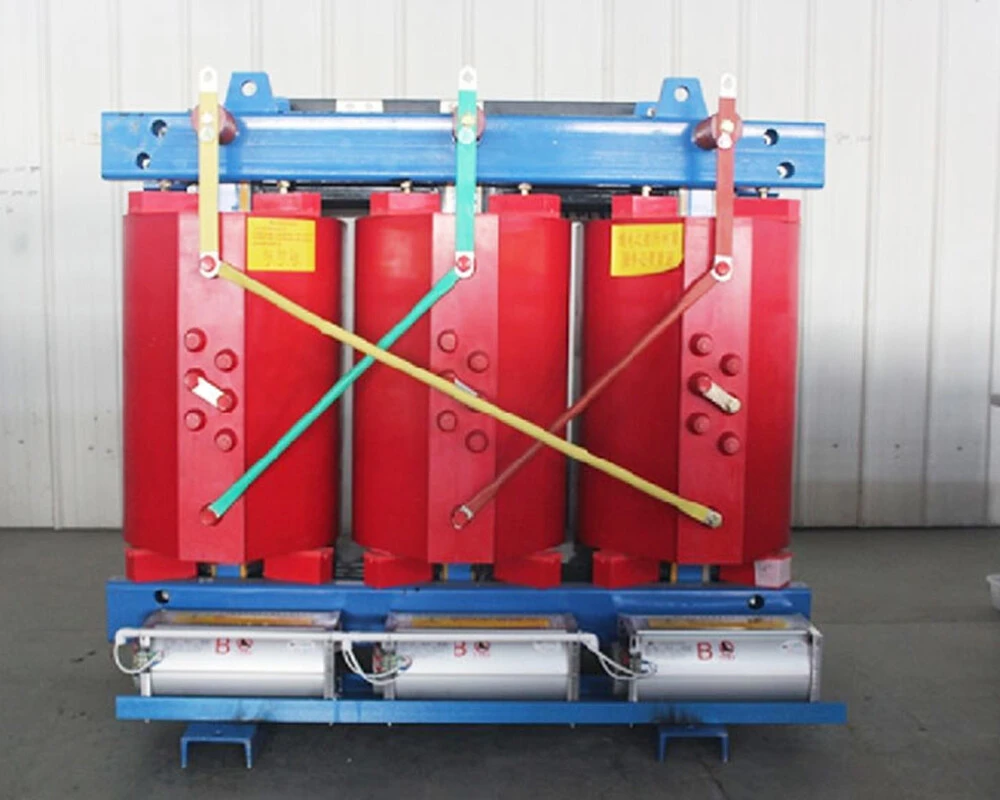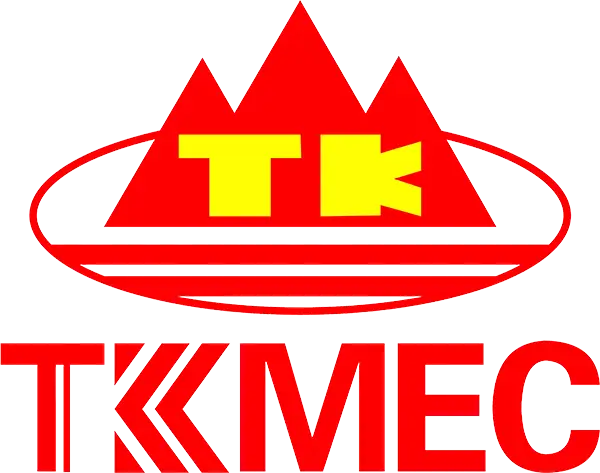Understanding Dry-Type Transformers: A Comprehensive Overview
Release time:
2025-08-19
Author:
Source:
Dry-type transformers are essential electrical devices utilized for stepping up or stepping down voltage in power systems.
Dry-type transformers are essential electrical devices utilized for stepping up or stepping down voltage in power systems. Unlike their oil-filled counterparts, dry-type transformers use air as an insulating medium. This design choice brings several advantages, particularly in safety, maintenance, and environmental considerations.
One of the primary benefits of dry-type transformers is their enhanced safety profile. Because they do not contain liquid insulation, they eliminate the risk of oil leaks, which can cause environmental hazards and fire risks. This makes dry-type transformers particularly suitable for indoor applications, such as commercial buildings, industrial plants, and substations where safety is a top priority.
These transformers are also designed to be robust and durable. They can withstand harsh operating conditions, including extreme temperatures and high humidity, without compromising performance. The absence of oil means that dry-type transformers do not require the extensive maintenance associated with oil-filled units, such as regular inspections for leaks or oil level checks. This results in lower operational costs and less downtime, making them a practical choice for many industries.

From an environmental perspective, dry-type transformers are more eco-friendly. As there is no risk of oil spillage, they contribute to a cleaner and safer environment. Their construction typically includes recyclable materials, further aiding in sustainability efforts. This aligns well with the growing trend towards environmentally responsible practices within the electrical engineering sector.
When it comes to efficiency, dry-type transformers perform exceptionally well, often achieving efficiencies comparable to those of oil-filled transformers. They are particularly valued in applications involving renewable energy sources, such as solar and wind power, where their clean and reliable operation is critical. In addition, their compact size allows for more flexible installation options, which is advantageous for space-constrained environments.
In terms of applications, dry-type transformers are commonly used in various sectors, including commercial, industrial, and residential setups. They serve as vital components in electrical distribution systems, ensuring that electricity is delivered safely and efficiently. Whether used in lighting systems, HVAC units, or machinery, the versatility of dry-type transformers makes them a go-to solution for many electrical engineering needs.
In conclusion, dry-type transformers offer significant advantages in safety, maintenance, environmental impact, and efficiency. Their ability to operate effectively in a variety of conditions makes them an indispensable part of modern electrical systems. For anyone involved in electrical engineering or related fields, understanding the features and benefits of dry-type transformers is crucial for making informed decisions regarding power distribution and management.
Key words:
Dry-Type Transformer
Latest News



